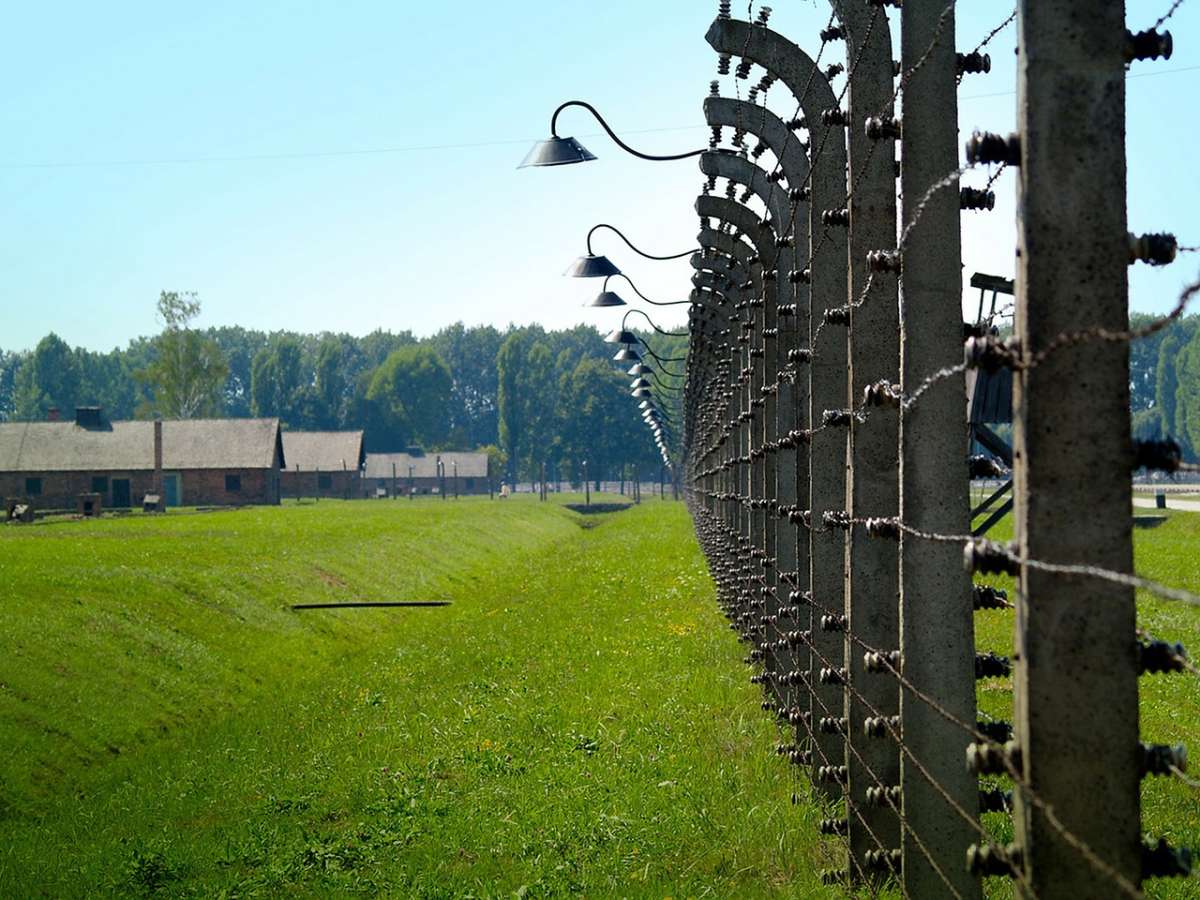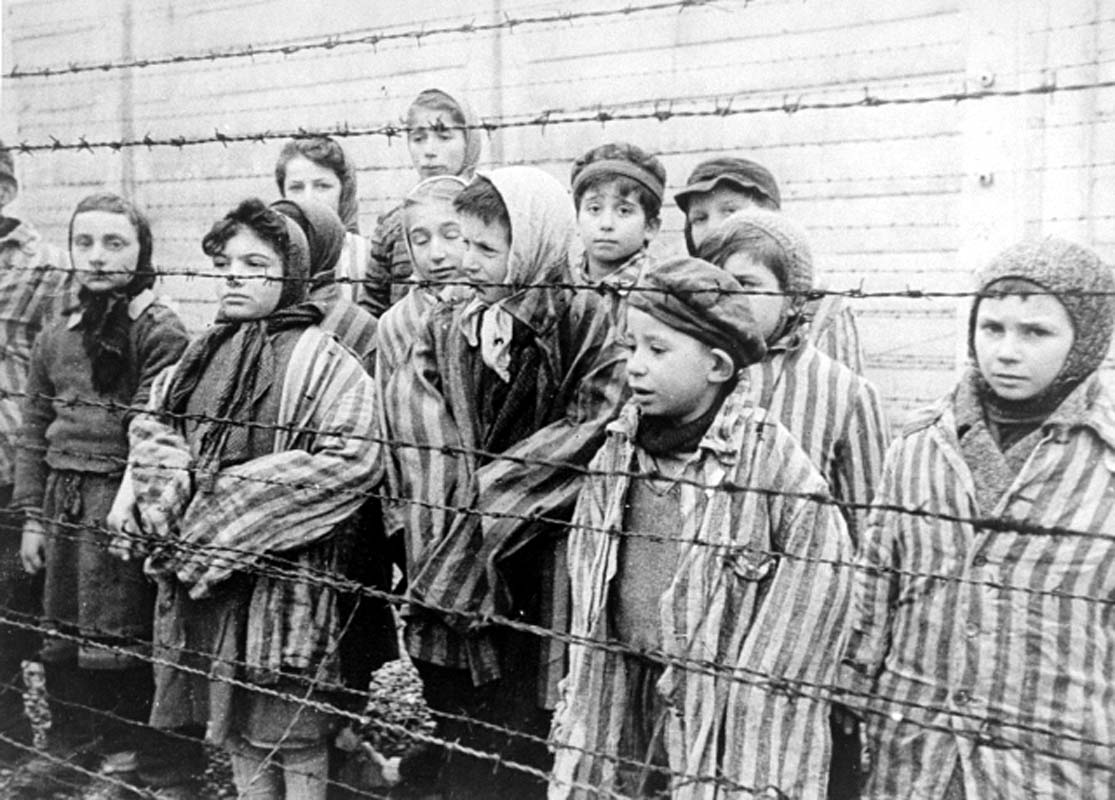Anyone who went to see the film Schindler’s List when it was released in 1993 would no doubt have shed a tear for the atrocities that this historical period drama conveyed on the big screen.
The film is based on the life of Oskar Schindler (played by Liam Neeson), a German businessman who saved the lives of more than a thousand mostly Polish Jewish refugees during the Holocaust. He argued for their lives saying he needed their skill set to keep his factories going. The film highlighted all the shades of humanity from cruelty to intense love, from naïve victim to bravery. For viewers it was an emotional rollercoaster.
But this was not just a film plucked from imagination, this really happened. Between 1940 and 1945 at least one million Jews and 200,000 of Hitler’s undesirables were sent there.

Auschwitz Birkenau (c) pixabay/bady
This week Stephen Spielberg has led Holocaust Memorial Day commemorations on the 70th anniversary of the liberation of Auschwitz – a Nazi concentration camp run by Germans in occupied Poland.
Over the years many have made a pilgrimage to Auschwitz-Birkenau – to give it its full name, not all of Jewish extraction.
It’s almost ironic that in a country with very little Jewish life, a million and a half people visit the former death camp every year, adding the destination to their touristic itinerary.
Several travel companies offer the visit as part of a day-trip from Krakow, followed perhaps by a visit to the Wieliczka Salt Mine.
Commercially, there is a market and advertisers are cashing in
on the record numbers of visitors, erecting hoardings on the approach to it even smudging the boundaries to Oswiecim, the local town.
Tour guides speak almost in whispers as they show tourists around the huge site with displays of hair, shoes and clothes and the museum. It’s not an easy tour and for survivors and their family there is an intensity of feeling around this. For others it’s just another historical site in their bucket list.
ALSO READ: The growth of Dark Tourism – graves, disasters, wars
Just how do you keep the memory alive without diminishing its importance as an historic site?
For instance, it was hurtful for some to see smiling selfies taken and posted online. Remember it was only 70 years ago this was a Nazi concentration camp and so emotions can run high.
On the other hand, anything that keeps the memory of Holocaust alive is a positive thing. Isn’t it?

Child survivors of Auschwitz, wearing adult-size prisoner jackets, stand behind a barbed wire fence. (c) wikimedia/Alexander Voronzow
With the passage of times memories fade. A major poll taken last year of 53,000 people found that only 54 percent of the respondents had even heard of the Holocaust leave alone Auschwitz.
Ten years ago, 1,500 Holocaust survivors travelled to Auschwitz. This year the number is 300 with the youngest members in their 70s. In ten years will there be any survivors to pay homage to the millions killed by the Third Reich?
It’s inevitable that as the numbers of those who can tell the tale dwindles, the numbers of those that grow up in ignorance increases. And that is a shame.
Have something to say? Leave a comment
